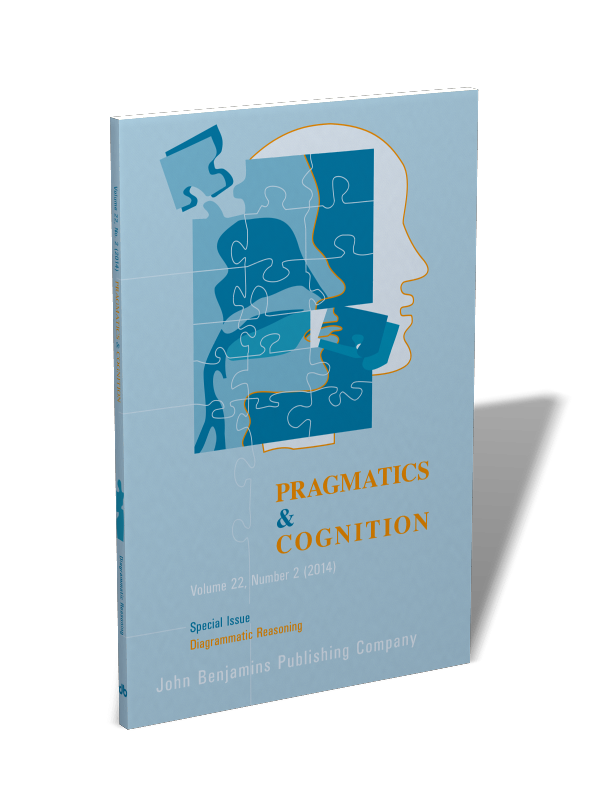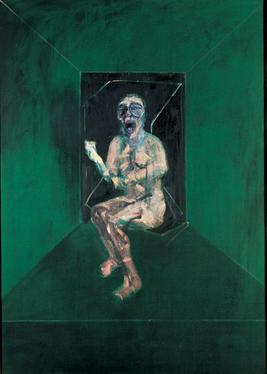Continuing from Thinking checks and balances [I] how can Hodges' model help us understand and provide ready access to three forms of thought: these being -
- Dualist
- Multiplistic
- and Relativistic thinking?
To recap, resort to dualist thinking might be a pathway to evidence for Hodges' model building the case for the model in education, healthcare theory, practice and policy making ... Taking each form of thinking in turn, dualist thinking in Hodges' model can be identified in six ways. Before discussing these, there are some general observations to make.
The axes provide an initial compass for differentiation.
The model is first situated (as per B.E. Hodges).
Situation precedes person but should not subvert the latter when the model is applied.
Upon arrival in any context it is what we draw in the sand.
The most obvious influence on thinking is in what the model gives to us through its structure - the two axes.
Firstly, the individual - group axis can stand for the many variations of self and other: from patient - health care team; patient - family; citizen - civil society; person - friends (work colleagues); child - parents (or guardian - a status vested legally by others); clinical case - demographic (world) population. This might be considered a compound view, potentially incorporating scope and roles (as per the context).
Secondly, the individual aspect of the vertical axis also serves the reductive requirement of movement between many-one. Reductivism is a fundamental approach in scientific enquiry and quantitative research. There is in the above the reduction to the individual in the intra- interpersonal domain. Reductive descriptions and phenomena from the sciences can then be ascribed to the individual as per the conceptual content of the sciences domain.
The
third factor is derived from the first and is evolutionary and developmental. It has a certain irony in also being a child's developmental milestone - the so-called 'terrible twos'. Whatever age an infant starts to assert their independence, establishing, coming to terms with their difference from the adult figures in their lives - this is a pivotal moment. As they set out to
become them-selves, we can say that developmentally they, this nascent individual is drawn out of this particular axis. The axis is first of all then not dualist. The self is always a product of the group (even if the latter is absent). The individual, the self emerges from the other. This is an extended dynamic action, through our first 2-3 years. Self flows from otherness.
Illness, disease disruptions what should be the expected relation, crises whether of temperature or emotion places self-other in contention on a temporary or more permanent basis. The ‘health career’ in the full title of Hodges’ model is also pertinent, as this refers to life chances and the life course.
Perhaps, to borrow a term from genetics / chemistry the vertical axis represents a
bivalent quality? The vertical axis has that telescopic property. The vertical axis is reflective the individual sees the group; the group sees the individual. Even as we contemplate the patient in person-centred care, what, who are we - the observers?
The
fourth cognitive prompt utilises the model's horizontal axis which spans dualist thinking defined by the categories of humanistic and mechanistic. This can also be viewed as human - machine. This axis also gives an indication for the final, fourth type of dualistic thought. Since the 1960s this axis can also be described as the social - technical, or socio-technical (Baxter and Sommerville, 2011). The notion of machine logic then suggests objectivity and the contrast with subjective types of knowledge. This is a fundamental dualism that is debated by philosophers.
The
fifth type a dualistic thinking could be described as replacing the axes above and inviting a free-for-all. Is this where creativity and innovation lie? Does this dualistic form open up conceptual probes and avenues to insight (association and relation)? There are a great many dualities, dichotomies, polarities that can (literally) be shot through the model. Through the centre, between adjacent care domains, within domains: consider, for example; demand-supply, mind-body, public sector-private sector-third sector and voluntary admission-sectioned.
Finally and
sixth there is a translation, a progression from the axial duality to the epistemological background of the care domains. This can be constructed from the founding (root) disciplines of Hodges' model:
- Psycho-Social
- Psycho-Somatic
- Physico-Political
- Socio-Political
Superimposed on Hodges' model there is then another set of axes. This could be a means to explain Hodges' model. These trace out the domains of Hodges' model. Is this self-referential quality a coincidence or evidential towards making the case for Hodges' model? These axes act as either, or both a bridge and a brace. Since structure is all about geometry we can close at this point by noting that the strength of the triangle. In Hodges' model there are several diametrical dualities (oppositions), for example:
medicine - society*
individual - political involvement
a society's engagement in - the sciences
individual (demand) Political - health services (supply)
the individual who is mentally ill and the State, Mental Health Act legislation
As we see in this post in addressing dualities Hodges' model is concerned with DISCIP-LINES.
*Medicine and society represent a duality and an established discipline in medical sociology? Socio-technical is not a discipline in this sense and might provide a theoretical contrast - marker?
(The above and posts to follow are a work in progress and will form a larger - referenced - whole in terms of studies.)
Baxter, G. Sommerville, I. (2011) Socio-technical systems: From design methods to systems engineering.
Interacting with Computers, 23 (1): 4-17 doi:10.1016/j.intcom.2010.07.003
http://iwc.oxfordjournals.org/content/23/1/4.full







_(2).jpg)




 orcid.org/0000-0002-0192-8965
orcid.org/0000-0002-0192-8965

